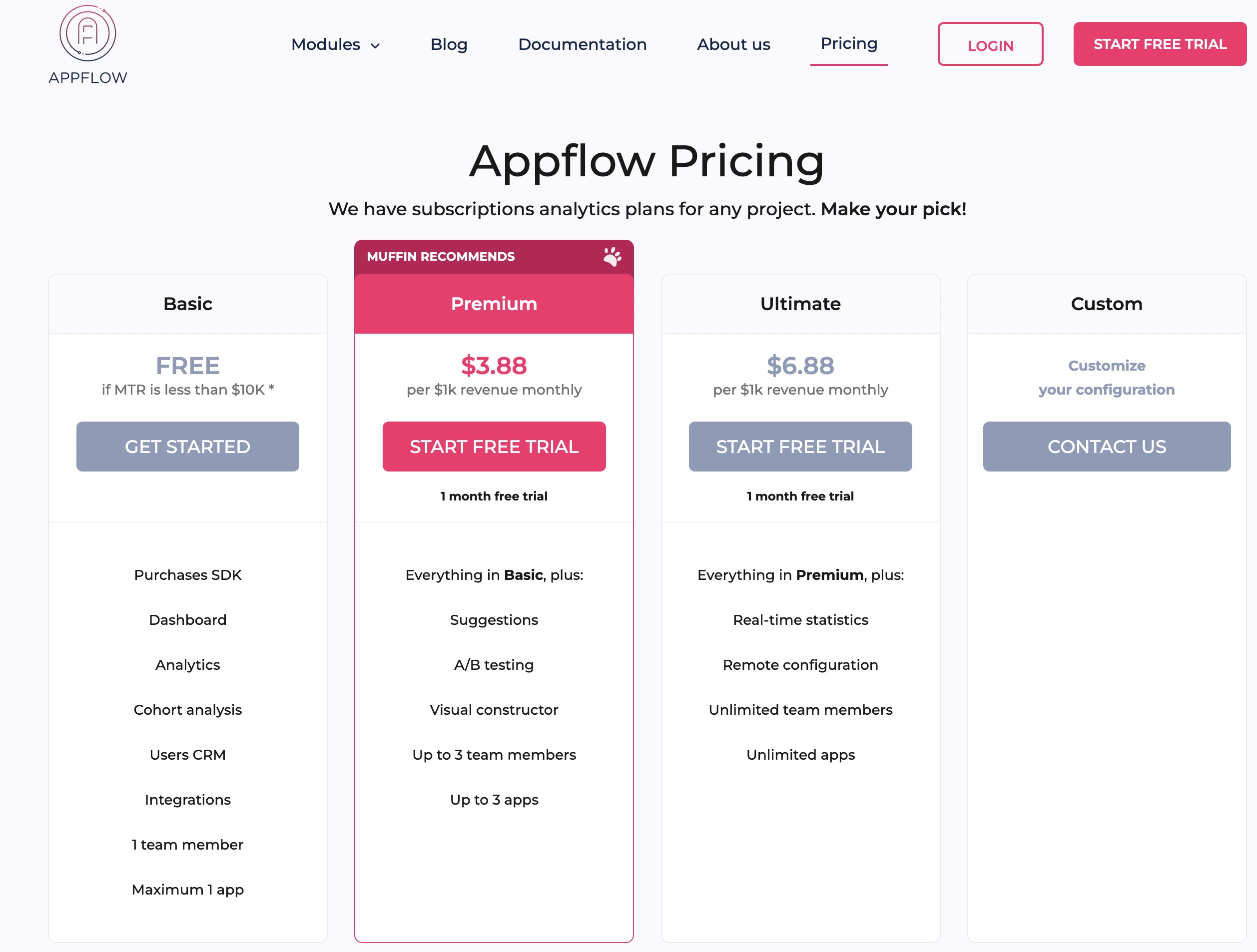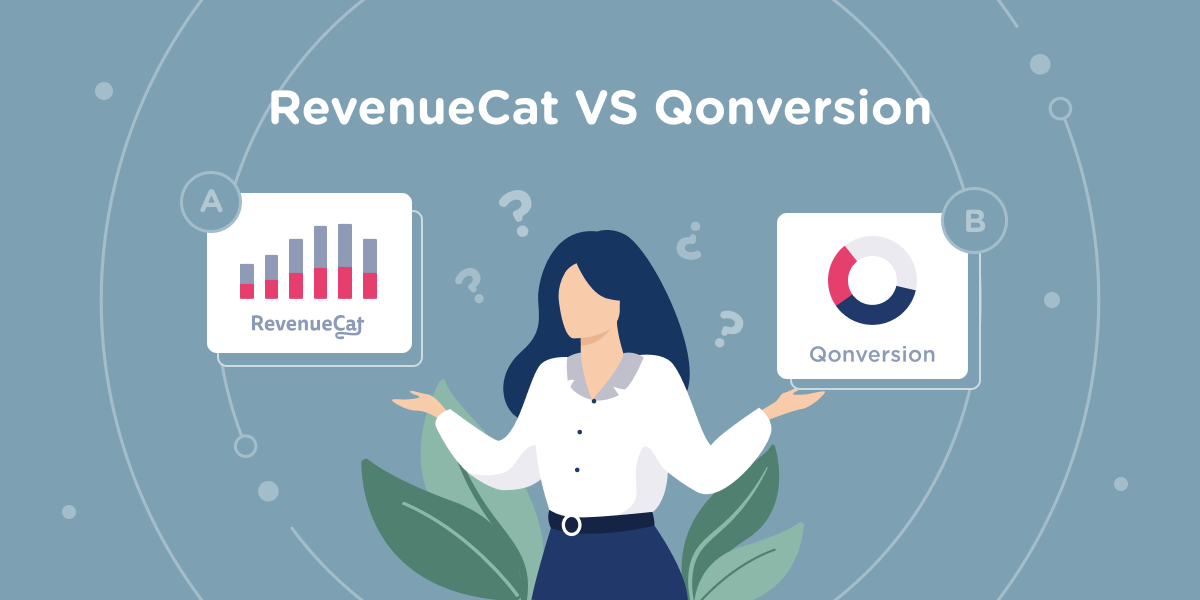Non-game apps have been forecasted to take over 57% of revenue share on the app marketplace by 2026, when the total spending on both non-game and game apps is expected to reach $233 billion across Apple’s App Store and Google Play, according to Sensor Tower. This data is not surprising though because of the rapid growth and utilization of non-game apps since the onset of the pandemic. And as non-game apps develop so quickly, new monetization trends emerge and evolve too. So what monetization is for non-game apps and what precisely these trends are, let’s dive into them.
What Is Monetization for Non-game Apps?
Broadly, Monetization is the process of converting something into money. To put it in a simpler way, monetization means generating revenue from an asset, a business or a service, etc. Monetization for non-game apps refers to marketing strategies and techniques that are used to make money out of non-game apps. In some way, It is equal to the revenue model with which a non-game app generates financial income. Different non-game apps use different monetization strategies depending on the app type, which is a vital decision to make for it is concerning the growth of the app and the development of the non-game app company as well. More non-game apps are integrating diverse monetization strategies together to make the most out of their apps.
Monetization Trends for Non-game Apps?
1. In-app Advertising
In-app advertising is common for most non-game apps and will continue to be one of the biggest monetization trends. Most mobile developers are happy with this revenue model because they can gain big profits from it. However, more focus would be put on improving user experience in 2022 because users may find intrusive and irrelevant ads disturbing and churn. In order to retent users, developers should strike a balance between ad revenue and user experience. In-app advertising for non-game apps comes in different formats. The most familiar ones would be banner ads, interstitial ads, and native ads. Apart from these, there are three types of adverting trends that are becoming more popular:
Rewarded Video Ads: This kind of ad is the most effective one in 2022, and it works well, particularly in entertainment apps such as movie apps. Users of such non-game apps tend to be more willing to watch the ads in exchange for a free and full movie.
Playable ads: As the name says itself, it invites non-game app users to play a game. This format of ad is the most engaging ad format because it drives users’ motivation to play a small game to win coupons, vouchers or nothing, which encourages users to pay more attention to the game and if they win a coupon, it is likely that they cherish it more and would use it happily.
Offerwall: An offerwall is a rewarded advertising that is a page with a list of incentives. Non-game app users are more interested in this kind of ad and tend to spend more time on the page to choose what type of benefit they want, such as virtual currency, coupons and so on.
2. In-app purchases
In-app purchase is the most usual monetization method for non-game apps marketers to use, especially for shopping and e-commerce apps. Users of such apps are able to download and utilize the app free of charge. They have the access to all basic features in the app and are given the option of buying virtual and physical products or paying to unlock premium features or view paid content. According to a report, users are spending $380 billion worldwide on in-app purchases, which is a favored way to boost apps’ revenue. So it is obvious that in-app purchases would still be the monetization trend for non-game apps particularly when users are more dependent on life-related apps since the pandemic.
3. Subscription
Subscriptions are driving 82% of revenues for non-gaming subscription apps, according to Business of Apps, which as a result, makes it the most popular and well-known monetization trend in 2022.
More non-game app marketers are adopting a subscription model as their main monetization strategy as it provides them sustainable & stable revenue in the long run. Besides, users are more willing to sign up and free-try the app features before finally deciding to subscribe to it.

So how does subscription work as a monetization strategy? A subscription-based non-game app usually allows one-month free access to the premium features of the app, such as ads-free, view of paid content, access to premium features, priority from support, etc. During the trial period, users should be shown the value of the product so they are more likely to pay for the apps after the trial ends. Users can choose an auto-renewable subscription or a non-renewing one. And they have the right to end the subscription after its expiration.
To prevent users from churning, it is vital that app developers are providing continuous values and benefits for their users. Apart from this, analyzing the subscription data and understanding users are of great significance. For one thing, increasing the retention rate and avoiding churning is essential for app growth, for another, bringing new users as well as improving features and updating new features are of great importance. Under all these circumstances, you need data, which would act as your north star and help you evaluate and make decisions on what to do.

But with so many things to do, you may be out of order sometimes and no joking, dealing with data can already drive you mad. So why not be wise and let an in-app subscription analytics tool help? Appflow.ai are excellent at data collecting and analysis, offering data about retention, churning, users, new trials, etc. You can also do A/B testing in paywalls and send notifications in one place and find out the best subscription solution and marketing strategies for users and increase ROI rapidly.

4. Freemium
Freemium is another monetization trend for non-game apps. They offer users free download and features in the app which users can utilize normally unless they have a need to upgrade. An example of such kind of app is the cloud-storage type of app, which offers every user a free plan of up to 1GB or 2GB of storage for photos and files backup. This free feature can attract users to sign up easily and engage people in the fun of free backup. And once the storage reaches its volume limit, users would tend to buy more storage space because they are accustomed to using the backup and more importantly, find it valuable to them.
5. Multiple Monetization Strategies
The biggest monetization trend for non-game apps is multiple monetization strategies, meaning, combining several monetizations together. Providing diverse pricing plans for customers to choose from based on their own needs, makes them happier to contribute to your revenue. One thing to keep in mind is that you should choose the most suitable monetization strategies for your app, because not all monetization is suitable for every non-game app. In a word, to have different ways to monetize apps, the greatest trend in monetization, is always a prudent thing to do.
Final Thought
Non-game apps topped games for the first time in the second quarter of 2022 and have a great tendency to grow more quickly. As non-game apps continue to grow year after year, marketers and product managers should have a clear insight into the monetization trends for non-game apps and build a more robust monetization method, with the purpose to increase app revenue and ensure the greatest return on investment.
Monetization Trends for Non-Game Apps





